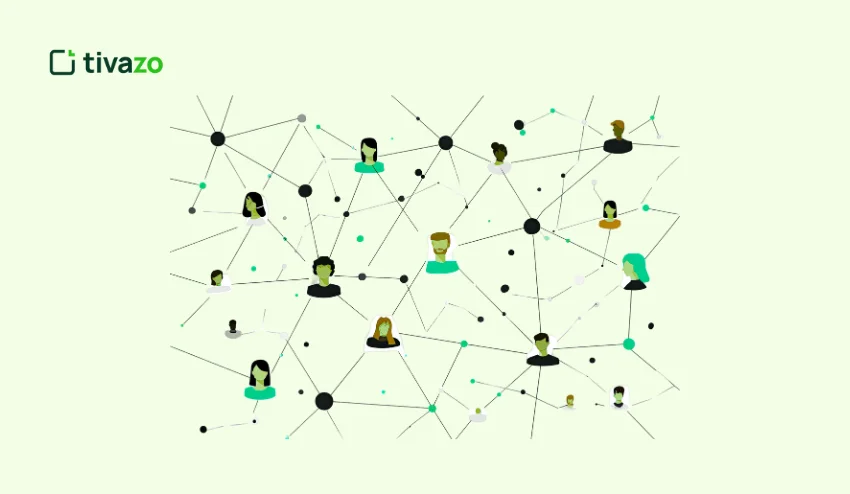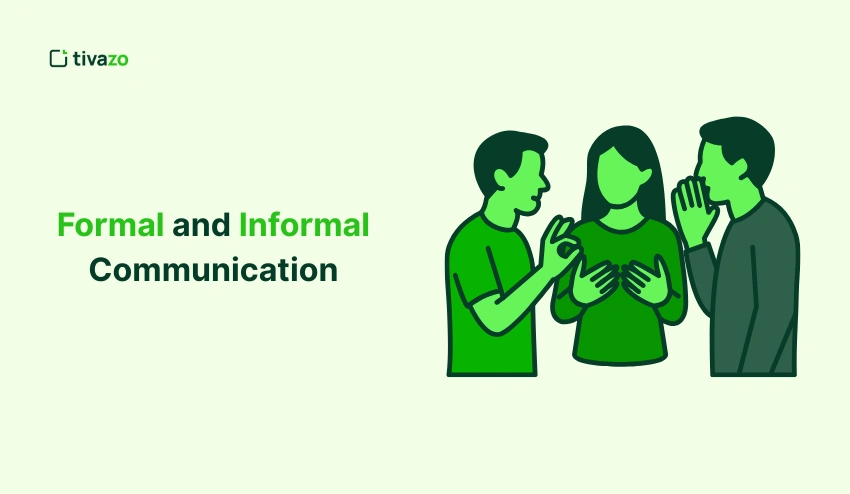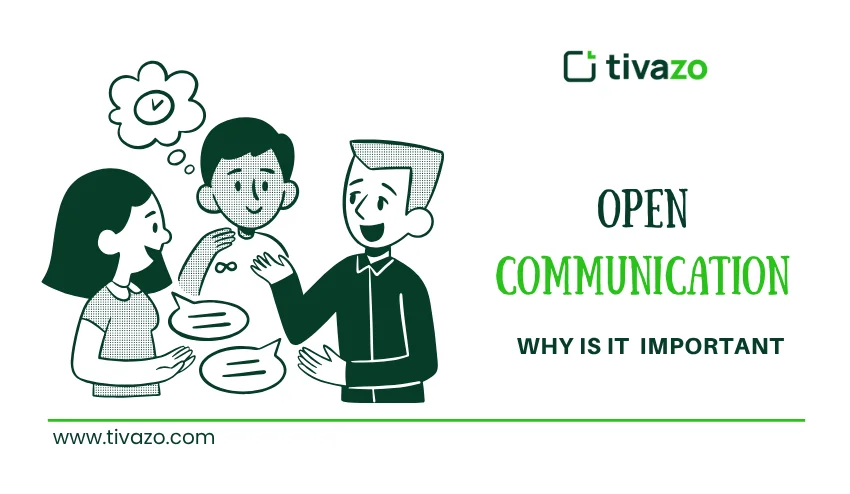Effective communication is not just speaking; it is about listening and relating to other people. The skill of reflective listening can help you to achieve this by listening to the speaker, paraphrasing what he or she is saying, and recognizing his or her feelings. Through empathetic communication and active listening, you can eliminate misunderstandings, create trust, and develop relationships in personal and professional life. Reflective listening can be an important interpersonal communication skill to learn, whether you are a parent, a therapist, or simply someone who wants to pay more attention to what is being said to you. We will discuss the importance, steps, and examples of how to use this vital communication tool in this guide.
What Is Reflective Listening?
Reflective listening is a communication strategy where the listener mirrors back what the speaker has said, often paraphrasing or summarizing, to confirm understanding. Reflective listening is not a passive process, as it involves active engagement and empathy. This strategy not only makes the message of the speaker easier to understand but also shows that their ideas and emotions are appreciated.
Reflective listening develops trust and minimizes misunderstandings due to the recognition of emotions and provision of thoughtful feedback that encourages more open and meaningful conversations. It is a skill that can be used in day-to-day interaction, in workplaces, and even in resolving conflicts in order to build better, more connected relationships.
Why Is Reflective Listening Important?
Reflective listening is not just listening to words, but listening to what the speaker means, what feelings and motives are behind the words. With active listening and empathetic communication, you demonstrate that you care about what they are saying, and it contributes to establishing trust and a rapport.
This will minimize misunderstanding, conflicts, and open communication in personal and professional relationships. Reflective listening enhances communication abilities and emotional intelligence in the workplace, family, or during therapy. Finally, it enables people to feel listened to, acknowledged, and valued, and therefore the conversation is deeper and gives rise to longer, better relationships.
Related: 7 types of communication barriers at the office
Benefits of Reflective Listening
Reflective listening is not just another communication strategy; it is a skill that has the ability to change our interaction with other people. Through consciously engaging in reflective listening, one can enjoy a dramatic shift in comprehension, empathy, and interpersonal relationships.
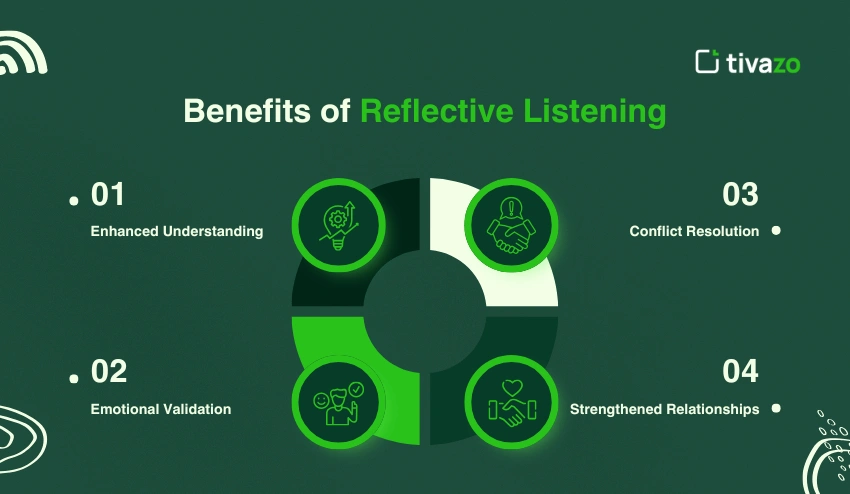
1. Enhanced Understanding
Among the key advantages of reflective listening, the improved understanding of what the speaker is talking about can be mentioned. Listening to what the other person is saying by emulating the words, summarizing, and paraphrasing, they can be sure that they grasped the ideas, thoughts, and feelings presented.
Reflective listening is also useful in unearthing the hidden issues that are not clearly articulated. Such active communication presupposes a more profound involvement in the conversations, and, therefore, it is possible to answer properly and without any misunderstandings.
2. Emotional Validation
Emotional validation is another great advantage of reflective listening. The listener can show empathy and respect by reflecting the feelings of the speaker, and this makes a speaker feel important and that his/her feelings are understood.
The practice enhances trust and openness, making people more open. Emotional validation as a result of reflective listening helps to create a safe and supportive environment of communication, both in personal and professional life.
3. Conflict Resolution
Reflective listening is a good conflict resolution tool. Reflecting in a calm way what everyone says lowers tension, eliminates misunderstanding, and builds a common ground.
This way will help to promote cooperation and empathy in difficult circumstances. Reflective listening may defuse the situation in workplace conflicts as well as in personal disagreements and open a door to a constructive resolution.
4. Strengthened Relationships
A consistent use of reflective listening will develop better, more significant relationships. Through empathy and understanding of the other, people build trust and rapport over time.
The skill is useful in every sphere of life, be it parenting and friendship or working in a team. Improved relationships with reflective listening build stronger relationships and a more peaceful environment.
Reflective listening is not just a way to enhance communication; it can be used to understand each other better, connect emotionally, and build trust. You can enjoy the transformative advantages it provides in personal and professional relationships by using it in everyday communication.
Tips for Reflective Listening
Reflective listening is not easy to master. With the help of some practical tips and techniques, you can enhance your skills in the ability to understand others, respond empathetically, and build stronger relationships.
1. Maintain Eye Contact
Eye contact is crucial when doing reflective listening as it indicates that one is listening and is interested. Eye contact with the speaker conveys a sense of respect and helps you remain fully involved in the conversation, which improves overall communication.
2. Avoid Interrupting
One of the major aspects of reflective listening is avoiding interruptions. Not interrupting speakers and letting them complete their thoughts will help build trust, openness and ensure you get the complete message before you respond.
3. Paraphrase and Summarize
One of the reflective listening techniques is paraphrasing and summarizing what the speaker has to say. This habit will affirm to them that you understand, clear up any misunderstandings, and show that you are processing what they are saying.
4. Acknowledge Emotions
Reflective listening is essential in acknowledging emotions, as this helps to validate the feelings of the speaker and express empathy. The ability to read emotional signals will allow creating deeper connections and promoting open, truthful communication.
5. Ask Clarifying Questions
Reflective listening involves asking clarifying questions. It avoids misunderstandings and helps you (when you need more information/clarification) to make sure that your answers are correct and helpful.
These tips can be woven into your day-to-day communication, making reflective listening a way of communication. These strategies can go a long way in deepening understanding, empathy, and the quality of your relationships when practiced regularly.
What Are the Six Steps to Reflective Thinking?
Reflective thinking is a process that is structured and assists one to learn through experiences and enhancing future behavior. This is because when you incorporate reflective listening with these six steps, you are in a better position to comprehend situations, evaluate results, and react in a more insightful manner.
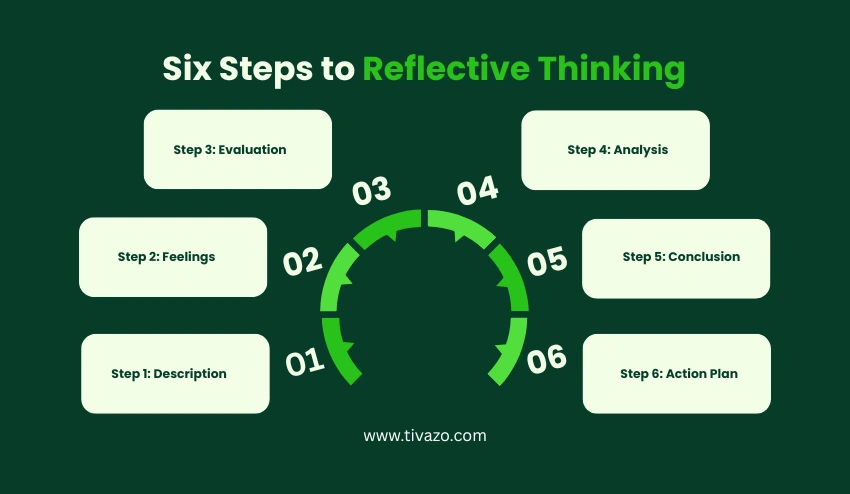
Step 1: Description
Description is the first step, and it entails a clear identification of what took place in the experience. Reflective listening skills can be used here to make sure that all information is properly recorded so that it can form a good basis for further reflection.
Step 2: Feelings
Then, concentrate on how you feel and respond to the situation. Reflective thinking promotes the recognition of feelings, and in combination with reflective listening, it enables you to recognize your own reaction and that of the other parties.
Step 3: Evaluation
Evaluation is the process of estimating the good or bad that occurred during the experience. At this point, reflective listening can be practiced to reveal the insights of other worldviews to make a balanced and integrated assessment.
Related: Mastering the Self-Evaluation Performance Review: A Complete Guide for Employees
Step 4: Analysis
During the analysis step, you make sense of the situation and find patterns or the causes of the situation. The integration of reflective listening and critical thinking will assist you in interpreting complicated interaction processes and enhance problem-solving skills.
Step 5: Conclusion
The final process is summarizing important lessons of the experience. Reflective listening helps you to take into account various points of view and come to balanced conclusions that can be used in future behavior.
Step 6: Action Plan
Lastly, develop an action plan of what you will do the next time. The inclusion of reflective listening in your plan is going to allow you to predict obstacles, communicate better, and bring positive changes to practice in the real world.
In these six steps, reflective thinking can be used as a practical tool of personal development and better communication. It enhances understanding, empathy, and decision-making in every aspect of life when combined with reflective listening.
You May Also Like: Top 10 Tools Professionals Should Use to Boost Productivity
Ways to Practice Reflective Listening (Skills)
Reflective listening can become a natural process of communication with regular practice. Through certain exercises and methods, you can improve your empathetic listening skills, get to know others at a deeper level, and be able to respond in a considerate way.
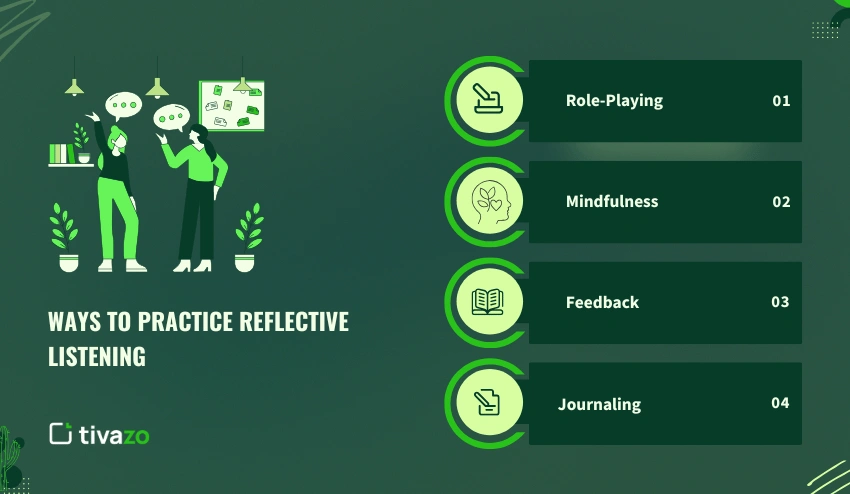
1. Role-Playing
The most effective method of reflective listening practice in real life is by role-playing with a partner. In such a way, you will be able to try out paraphrasing, recognizing emotions, and clarifying questions in a safe and encouraging setting by means of simulating conversations.
2. Mindfulness
Reflective listening is highly dependent on mindfulness since it ensures that one is fully present in a conversation. By remaining focused, you are able to pick up on lesser details, like tone and body language, which are critical in getting the actual message of the speaker.
3. Feedback
Requesting feedback after a discussion helps to make sure that you are correctly reflective. Asking to make sure that you are on the same track as the speaker makes you feel that you are trusted and will result in more open, honest communication.
4. Journaling
To develop reflective listening skills, journaling is a very strong tool. By keeping a diary and reviewing how you interact with people every day, you will be able to see what you can improve on, as well as see patterns and develop empathetic listening skills over time.
These skills should be used regularly so that they become a part of your communication style. Over time, you will see improved relations, less miscommunication, and more fulfilling communication in every aspect of life.
Reflective Listening Examples
1. Reflective Listening In Personal Conversations
It is a sign of care and attentiveness in personal conversations.
For Example, you could say, “I think you are overwhelmed with your workload. Is that so?” This strategy authenticates the emotions of the speaker and helps them open up better and connect emotionally, and understand each other.
2. Reflective Listening In Therapy
Reflective listening is a technique used by therapists to enable clients to express their emotions without feeling threatened.
For example, saying, “You are telling me that you are experiencing inadequacy feelings. It is also helpful to say, Let us go deeper into it,’ which makes the client feel understood and supported, which helps to establish trusting therapeutic relationships and self-awareness.
3. Reflective Listening In Conflict Resolution
Reflective listening is very efficient in conflict resolution because it helps de-escalate tense situations.
For example, a statement such as, “I hear that you were upset because you did not feel heard at the meeting”, is empathetic, clears misconceptions, and opens the way to proactive problem-solving and better collaboration.
When you use it in personal, therapeutic, or professional contexts, you are able to make people feel appreciated and heard. These cases demonstrate that even the simplest recognition and thoughtful consideration can turn everyday communication into empathetic and significant communication.
Reflective Listening for Parents
It is an important tool that helps parents improve their communication with children. Parents can support a child by accepting his/her feelings, empathizing, and gaining trust by listening actively and reflecting back what the child says. This can help children open up more and lessen frustration, misunderstanding, and emotional outbursts. Applying active listening skills, e.g., paraphrasing, recognizing feelings and emotions, and clarifying questions, makes children feel listened to and understood, which creates a more supportive and nurturing atmosphere.
Engaging in reflective listening will also help parents advise their children on how to solve problems and regulate their emotions. Children are more likely to learn to express their own thoughts and feelings when parents model empathetic communication on a regular basis. By applying these interpersonal communication skills at home, not only are parent-child relationships enhanced, but also emotional intelligence and closer relationships that can last a lifetime are developed.
What Are the 3 R’s of Reflection?
The 3 R’s of reflection are:
- Restate: Repeat what the speaker has said in your own words.
- Rephrase: Express the message differently to ensure clarity.
- Reflect: Acknowledge the emotions behind the message.
Reflective Listening Worksheet
It is a good idea to use a reflective listening worksheet to train the skills of listening. With the help of a structured worksheet, it is possible to monitor your progress, contemplate the conversation, and use the major active listening strategies, including paraphrasing, emotion recognition, and follow-up questions. This resource will be of particular help to students, parents, or professionals who wish to enhance their skills in interpersonal communication progressively.
Worksheet: Download Now
Active Listening vs Reflective Listening
| Feature | Active Listening | Reflective Listening |
| Definition | Fully concentrating, understanding, and responding to a speaker’s message. | Mirroring back or paraphrasing what the speaker says to confirm understanding and show empathy. |
| Focus | Understanding the content and intent of the message. | Understanding both the content and emotions behind the message. |
| Response Style | Often involves verbal and non-verbal cues like nodding, summarizing, or asking questions. | Involves reflecting the speaker’s words, feelings, or meaning back to them. |
| Purpose | Ensures the listener comprehends the message accurately. | Validates the speaker’s feelings and encourages deeper communication. |
| Application | Everyday conversations, meetings, or discussions. | Therapy, conflict resolution, parenting, and coaching scenarios. |
| Skill Level | Basic to intermediate communication skills. | Advanced communication skills require empathy and careful observation. |
Conclusion
Reflective listening is not only a technique of communication, but a way to greater connections and understanding. It is a technique that can help you to be more empathetic, decrease conflicts, and strengthen relationships by integrating it into your conversations. Are you prepared to begin listening in a more reflective way?

